Taking Your PT Business Online
With most, if not all health clubs and fitness facilities closed, or in a quasi-opened state, thank God that we live in the age of technology. For many of us, being “quarantined” does not have to stop us from conducting business as usual.
We know for a fact that exercise can help boost the immune system. This should be reason enough for EVERYONE to be moving, not using this time as…

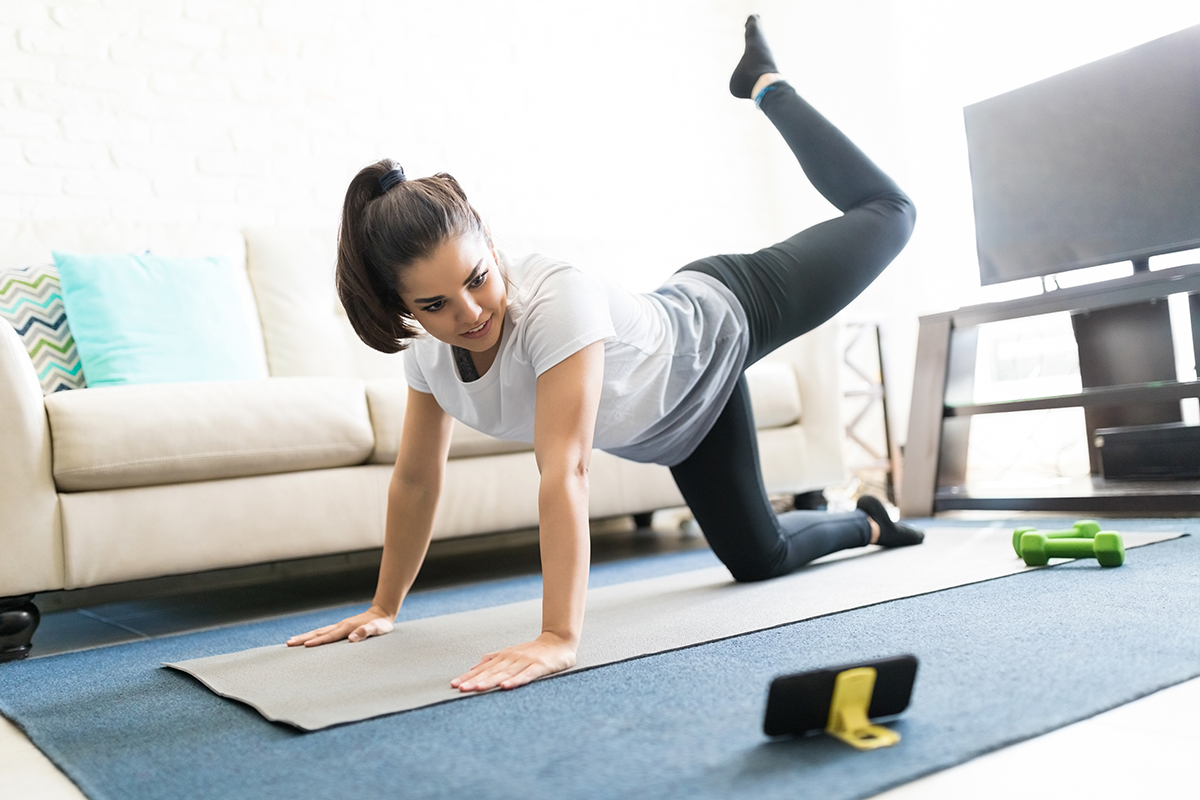
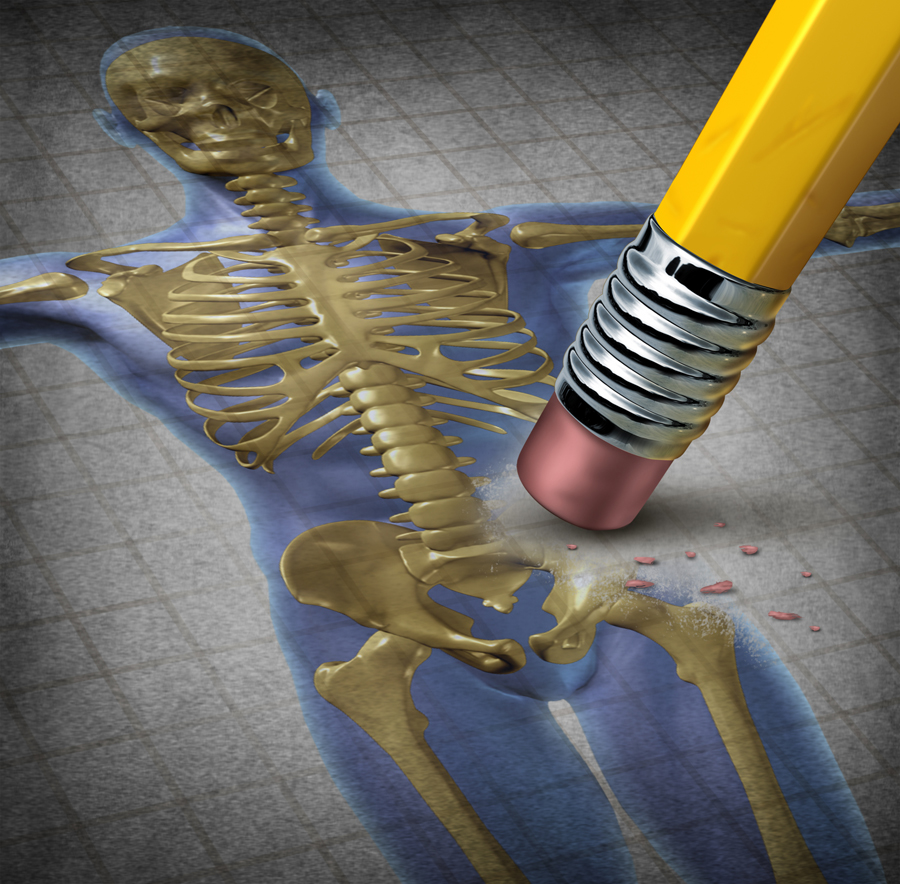
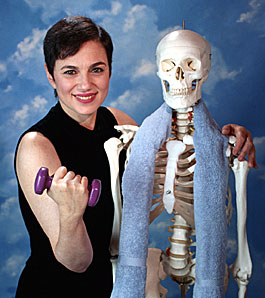 At that time there wasn’t much research available. But even then, the studies I found on tennis players, astronauts, and bed rest pointed in the direction that weight-bearing exercise could help maintain the bone density you have and even promote bone growth. I was intrigued. I’ve followed the research over the years and even created an osteoporosis exercise program.
At that time there wasn’t much research available. But even then, the studies I found on tennis players, astronauts, and bed rest pointed in the direction that weight-bearing exercise could help maintain the bone density you have and even promote bone growth. I was intrigued. I’ve followed the research over the years and even created an osteoporosis exercise program.
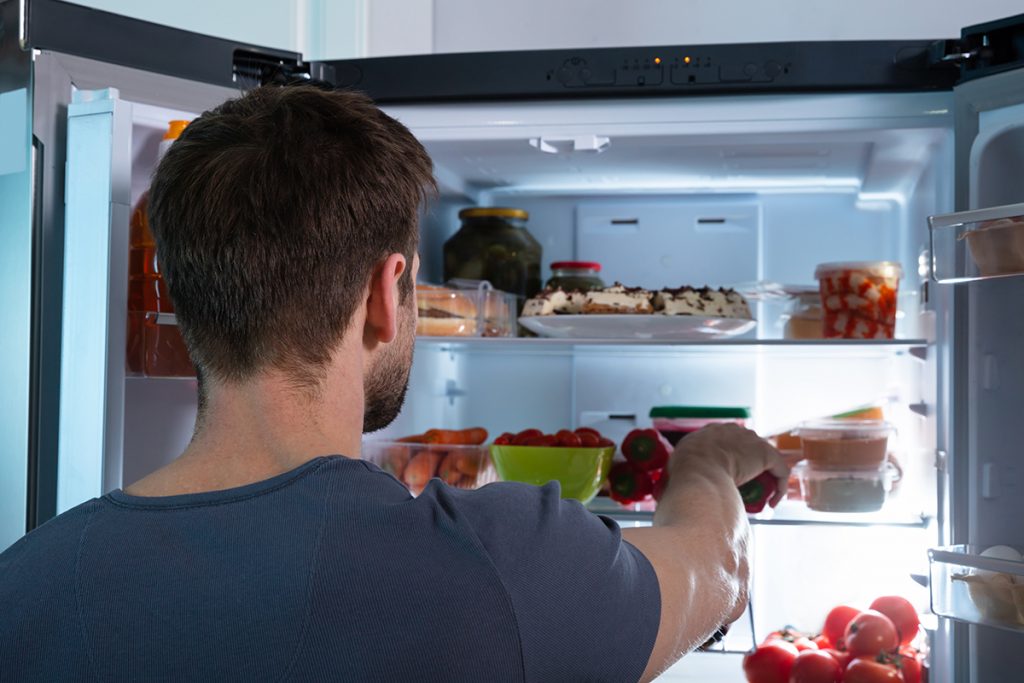

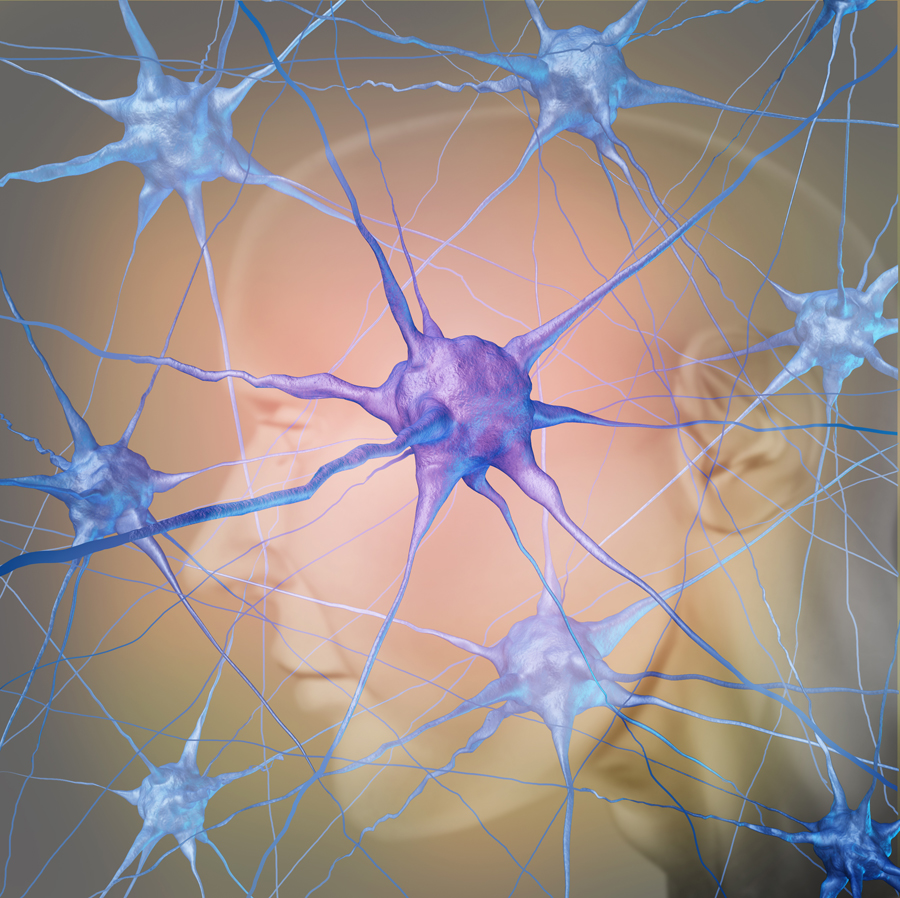
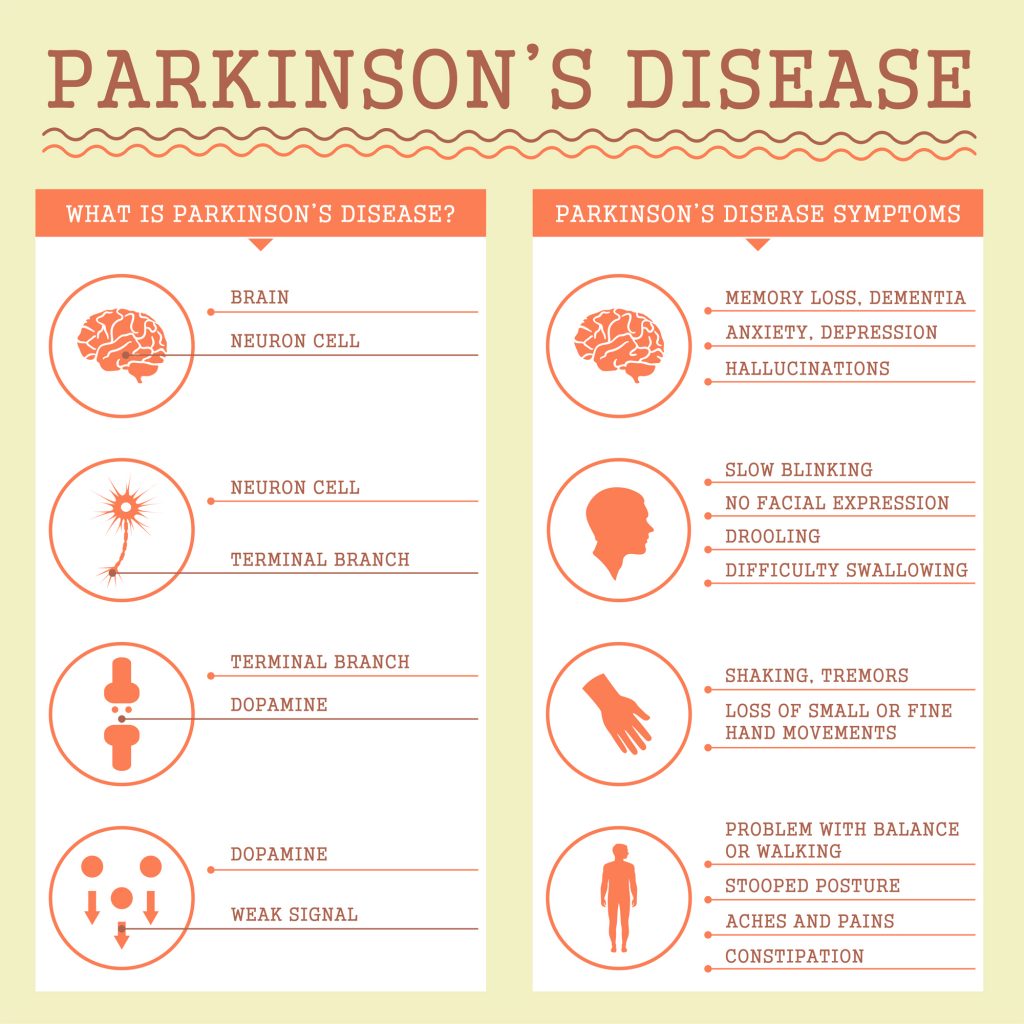

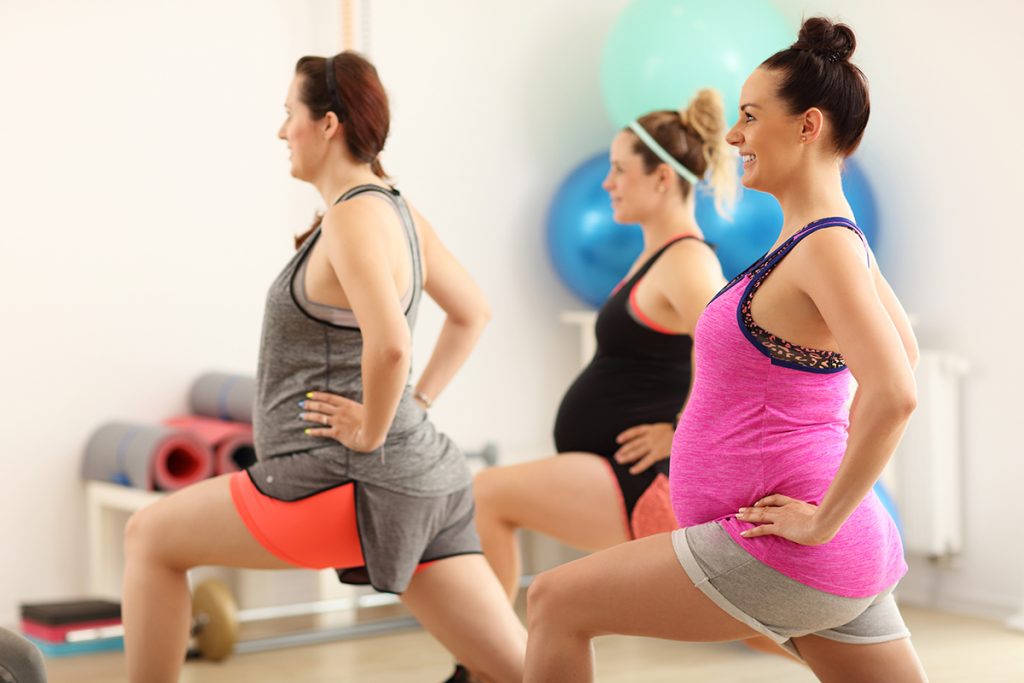 Many women enjoy downhill skiing, cross country skiing, and snowboarding, and have questions about whether it’s safe for them to continue these sports during pregnancy. The safety of these sports, as well as the effect higher altitudes, may have on pregnant women and their fetuses, are important factors to consider before taking part in high altitude snow sport activities.
Many women enjoy downhill skiing, cross country skiing, and snowboarding, and have questions about whether it’s safe for them to continue these sports during pregnancy. The safety of these sports, as well as the effect higher altitudes, may have on pregnant women and their fetuses, are important factors to consider before taking part in high altitude snow sport activities.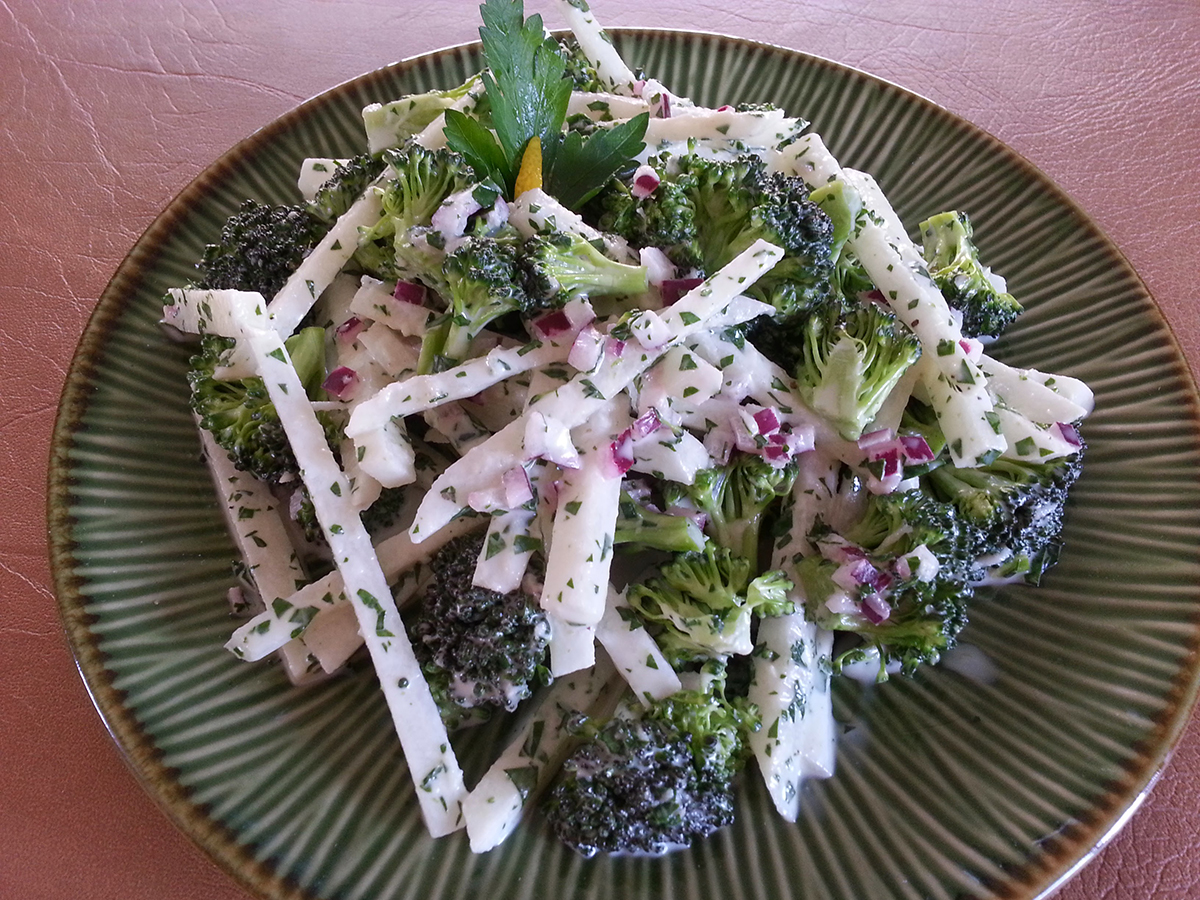
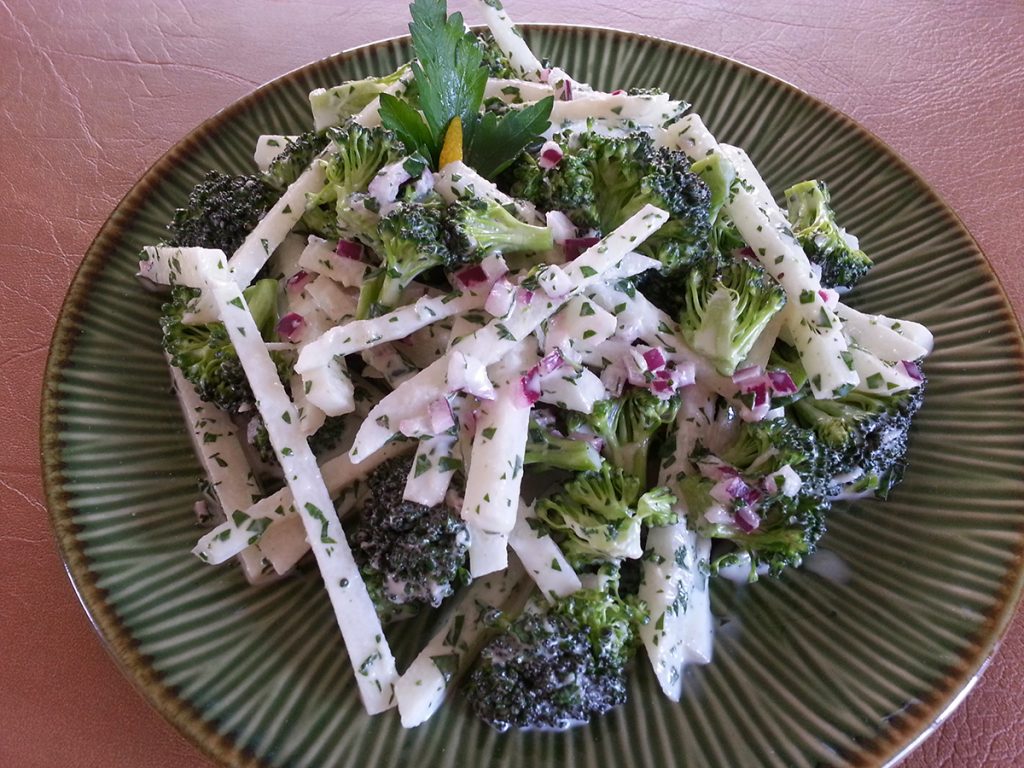 Directions
Directions



